Netflix’s Avatar: The Last Airbender live-action series adaptation has long referred to itself as “a remix, not a cover” of the original cartoon. And rightfully so. The word “adaptation” implies a certain loyalty to the source material but also promises some changes. Otherwise, what would be the point of telling the story again? And, indeed, there are some major differences between the Avatar: The Last Airbender live-action series and its cartoon counterpart. Some of the differences between the two Avatar: The Last Airbender series are more literal, shifting story points or rewriting them. Others are a bit more spiritual, bringing changes that live in the tone of the character and story. The answer to whether these changes improve or take away from Avatar: The Last Airbender‘s story lies in the eye of the beholder. But, for the interested, here are the 10 biggest differences between Netflix’s live-action Avatar: The Last Airbender series and the beloved Nickelodeon cartoon.
Aang’s Disappearance From the World
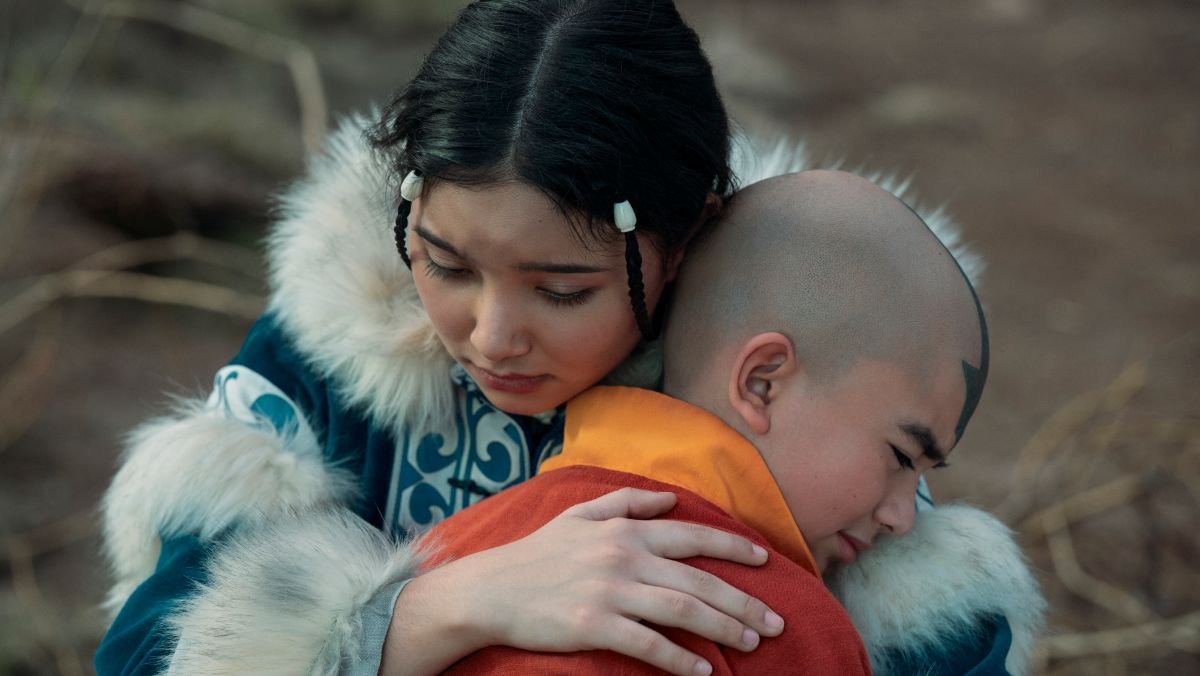
One literal change in the Avatar: The Last Airbender live-action series is that, unlike in the cartoon, viewers are shown the full Air Nomad Genocide. Like in the cartoon, the live-action sets the Air Nomad Genocide during the passing of Sozin’s comet. However, the series creates a celebratory festival around the event, thus bringing airbenders from across all air temples together for the Fire Nation to strike. This isn’t something we know to happen in the cartoon. Additionally, the Air Nomad elders elect to reveal to Aang that he is the Avatar just before the passing of Sozin’s Comet. That marks another difference in timeline between the Avatar: The Last Airbender cartoon and the live-action. In the cartoon, Aang’s identity was revealed to him a good deal of time before the genocide.
These story shifts also lead to another critical difference between the Avatar: The Last Airbender cartoon and the live-action series: the manner of Aang’s disappearance. In the cartoon, Aang decides to run away from the Southern Air Temple after overhearing that the Council of Elders wants to separate him from his mentor and friend Mong Gyatso, believing that Gyatso is impeding his Avatar journey. After he runs away, a storm catches Aang. He inadvertently encases himself in a sphere of ice for 100 years. Thus, the Avatar vanishes from the world. Once again, while this must have occurred temporally close to the Air Nomad genocide in the cartoon, it does not happen at precisely the same moment.
In the live-action, however, Aang does not rashly run away from his duties. Instead, he merely flies out on Appa to clear his head after learning he is the Avatar. This is an interesting shift because while Aang still feels guilt about his disappearance, the live-action narrative removes some of the agency Aang holds in the events. In the Avatar: The Last Airbender cartoon, his decision to run away greatly haunts Aang, but in the live-action, the story alleviates this aspect of his guilt.
Katara’s Waterbending Journey

Speaking with Nerdist, Katara’s live-action Avatar: The Last Airbender actress Kiawentiio summarized the key difference in Katara’s journey from cartoon to live-action. She shared, “In the original, she catches on like really quickly, and with her being the last waterbender of her tribe, even since she was little, in my eyes, it’s like how would she even know what movements to do? So I tried to bring that to the beginning; she doesn’t even know what she’s doing at all. She just kind of knows that it is there, and that’s what she’s supposed to do.”
And that is exactly the major difference between stories. In the cartoon, Katara has a strong natural affinity for waterbending from the beginning, without any instruction or guidance. But the live-action takes a more realistic approach to building her waterbending skills. Another small but nice difference between the Avatar cartoon and live-action is that a waterbending scroll, which appears in the cartoon via pirates, is instead passed down to Katara through Gran Gran. That minor shift adds a welcome element of generational connection.
The Avatar: The Last Airbender live-action also changes the cartoon idea that Aang and Katara learn how to waterbend together. Instead, waterbending is Katara’s solitary domain in season one. In a sense, this is a positive change because it allows the waterbending arcs to be more focused on Katara. However, bending together was how Katara and Aang bonded in the cartoon, so hopefully, we’ll see a bit more of that in the live-action Avatar‘s future.
Sokka’s Warrior Arc and Other Character Differences in the Avatar Live-Action Series
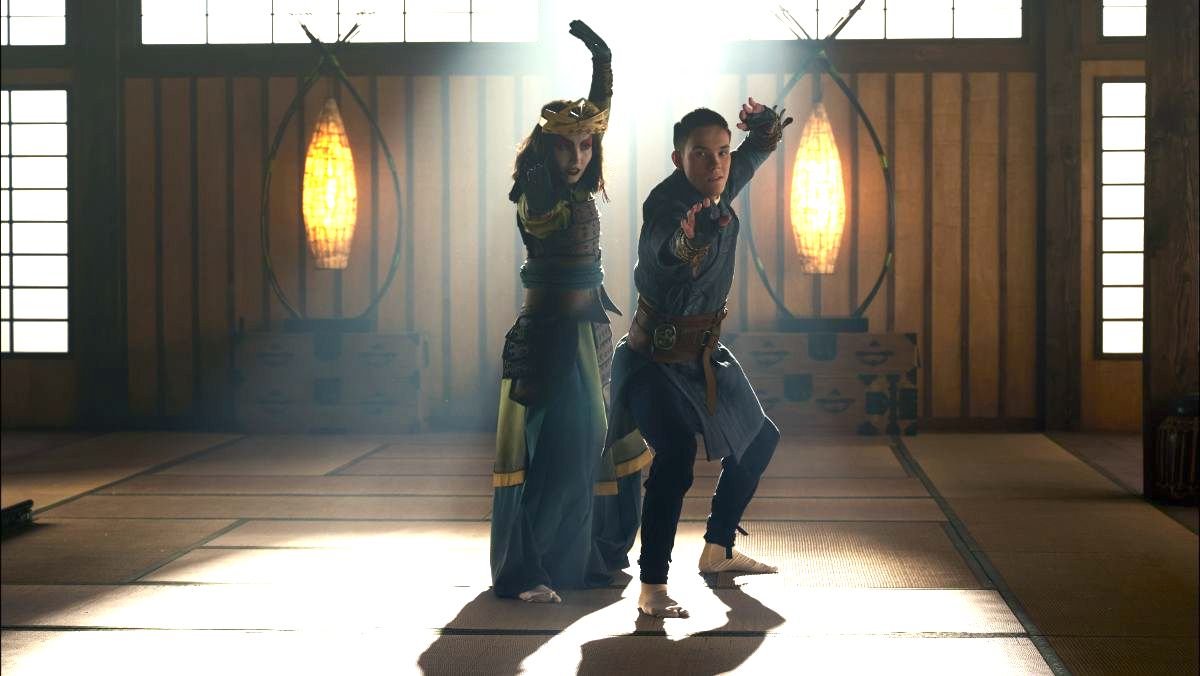
In the lead-up to Avatar: The Last Airbender‘s live-action release, there was a lot of conversation about whether “modernizing” early Sokka’s more sexist tendencies was a helpful change from the cartoon. While there are differences in Sokka from the cartoon Avatar to the live-acton, I would say the sexist aspects were changed appropriately. For instance, although Sokka is not so blatant in declaring women can’t be warriors, he is more than willing to inform a well-trained woman warrior that he, too, is a warrior. (Even though he isn’t really.) That change keeps the spirit of early cartoon Sokka, but presents it more subtly. That said, we are sad Sokka does not don the full Kyoshi warrior makeup. Although it is an idea that needs to be handled with care, the makeup being part of the warrior’s uniform does make a strong point.
Other chief changes in Sokka from cartoon to live-action lie in his warrior’s journey. The live-action Avatar: The Last Airbender series, more than the cartoon, really emphasizes Sokka is a different kind of warrior than he imagined himself to be. In the cartoon, Sokka seems to become the operation’s brains and brawn. But in the live-action, the brain is clearly prioritized over the brawn. And that will make for an interesting future.
Additionally, the live-action highlights the absurdity of Sokka’s father, Hakoda, leaving Sokka as “the warrior” in charge of the Southern Water Tribe. And, while in the cartoon Avatar: The Last Airbender series, it was Katara who was angry with Hakoda, in this iteration, it seems like it is Sokka and Hakoda who’ll have some future conflict.
The Absence of Sozin’s Comet Changes the Avatar: The Last Airbender Live-Action Timeline
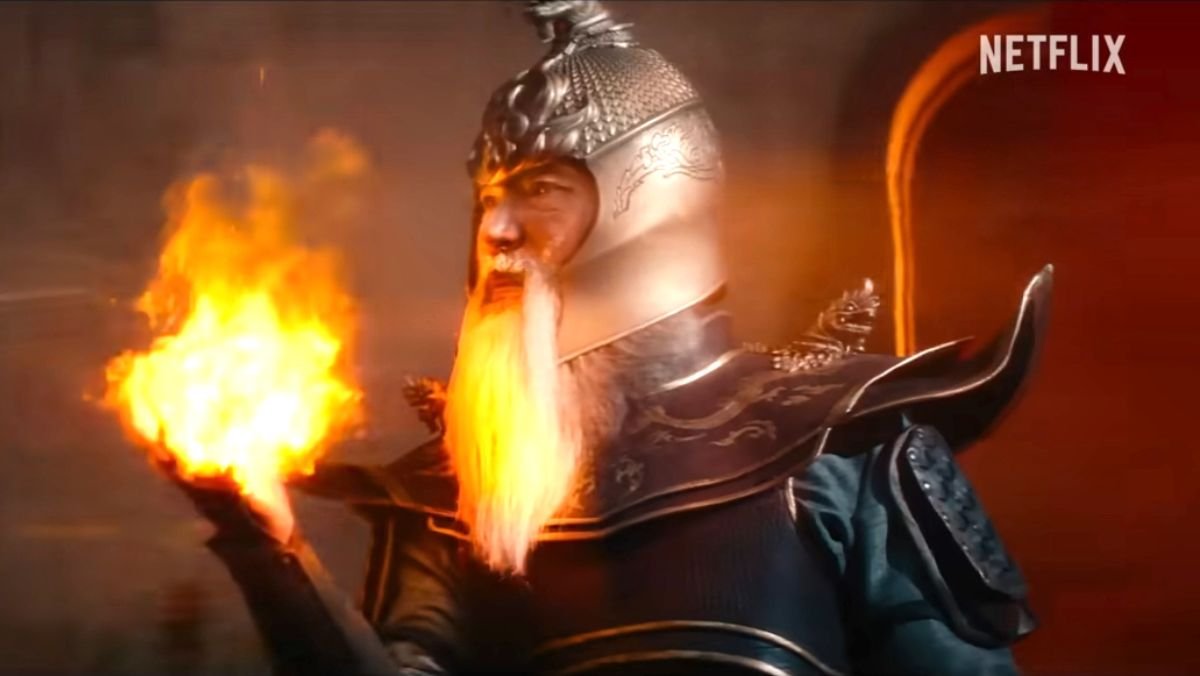
This one is pretty straightforward, but a key difference between the Avatar: The Last Airbender cartoon and its live-action series is the current lack of Sozin’s Comet. While the comet exists in the universe, season one does not indicate when it will fly back around. This change ensures the live-action series will not have to meet any specific real-world timelines. (E.G., it may take over a year to release a season two, and actors age, unlike cartoon characters.) But in terms of narrative, the lack of Sozin’s Comet completely opens up the series’ timeline, which in the cartoon had to take place within a year. We’ll have to wait and see how the live-action Avatar tackles this huge plot difference in seasons to come.
Aang’s Relationships with the Other Avatars, the Avatar State, and Avatar Powers
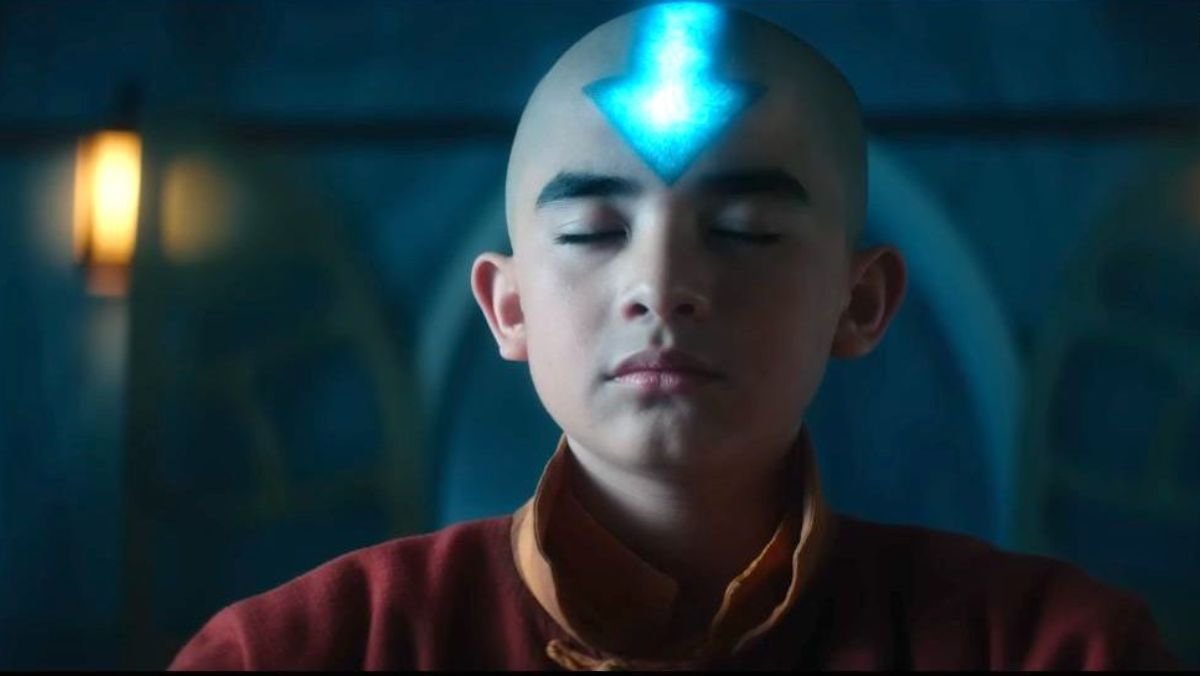
In the cartoon, it takes Aang a long time to understand his Avatar powers fully. But in the live-action, this timeline feels sped up. Early into the season, Aang meets Avatar Kyoshi in the Spirit World, and she lays several things out for him, marking a difference from the Avatar: The Last Airbender cartoon.
The live-action establishes that Aang can contact other Avatars if he visits their shrines and meditates. And Aang reaches out and speaks to past Avatars, such as Kyoshi, Roku, and Kuruk, much more in the live-action than he does in the cartoon. The live-action also highlights an aspect of the Avatar State wherein past Avatars can take over Aang and battle on his behalf. This does occur in the cartoon but seems like a much more formalized process in the live-action. Overall, Aang seems to slip in and out of the Spirit World more easily than he did in the cartoon. Kyoshi also notes to him that he’ll be able to conquer the Avatar State when he has conquered all the bending disciplines. This is not necessarily established in the cartoon.
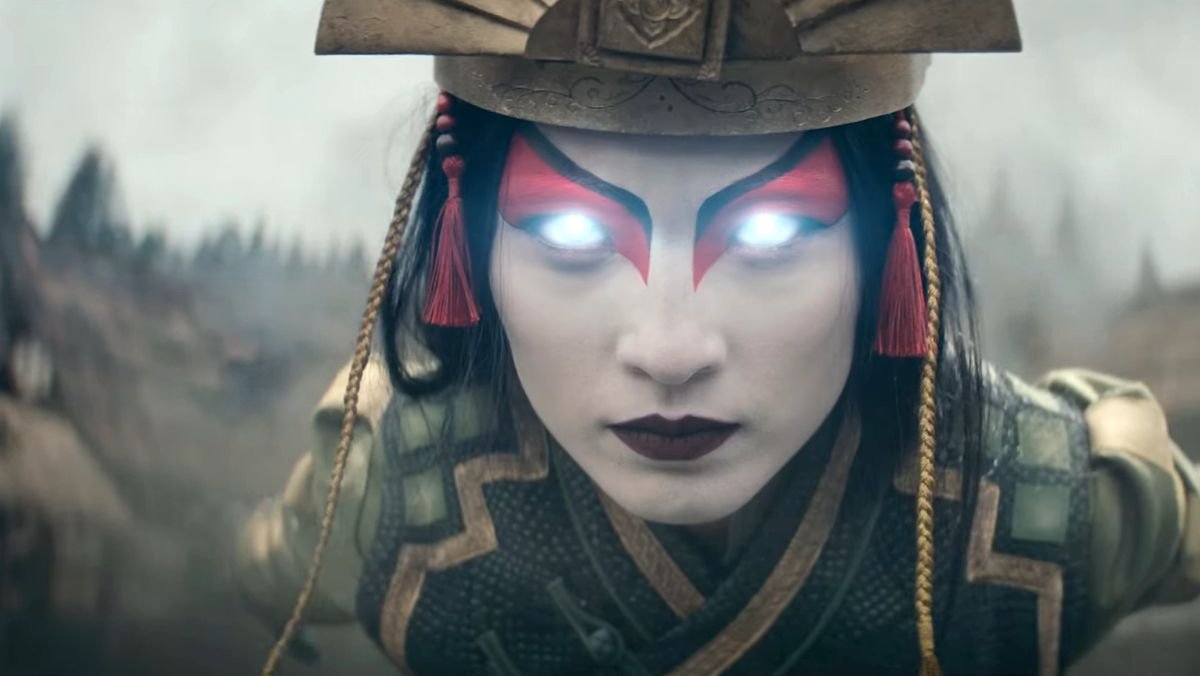
Finally, the Avatar’s powers expand in live-action vs. in the cartoon, creating an interesting difference between the two. Avatar Kyoshi appears able to prophesize a battle with the Fire Nation at the North Pole. But the power of prophecy is not one the cartoon ever gave to the Avatar. We’ll have to wait and see if Aang can tap into this power as he continues his Avatar journey.
Azula Appears Earlier in the ATLA Live-Action
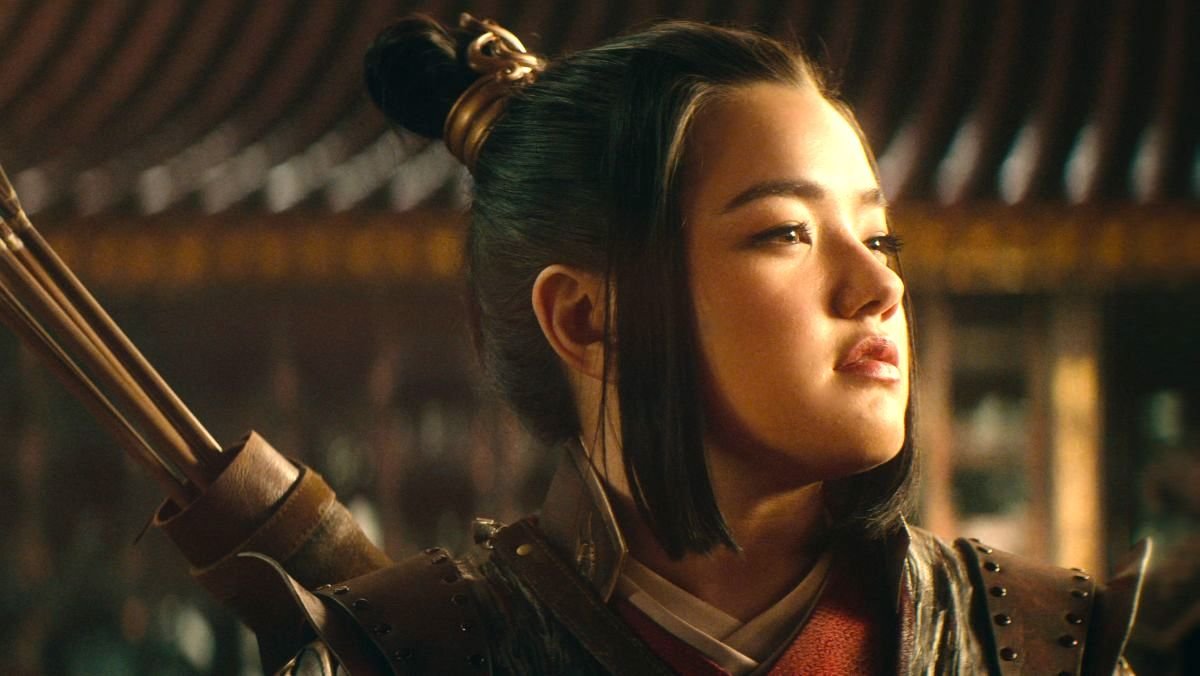
Azula is so important that her live-action appearance gets its own article. But suffice it to say that we don’t have to wait until season two of the live-action to see the Fire Nation Princess in action. This live-action shift certainly makes for a welcome difference from the Avatar: The Last Airbender cartoon.
Fire Lord Ozai Doesn’t Remove Zuko as Heir to the Fire Nation Throne and Zuko Fights Back During Their Agni Kai

A huge difference between the Avatar: The Last Airbender cartoon and its live-action series is that we get to see much more of the Fire Nation royal family and their interactions in the live-action. For instance, Zuko and Fire Lord Ozai’s Agni Kai and its aftermath play out in-full on-screen. Another especially interesting change the Avatar live-action makes in this arena involves Zuko’s punishment. While Ozai does banish Zuko and tasks him with finding and capturing the Avatar, like in the cartoon, Zuko does not lose his position as heir to the throne in the live-action. This idea is not fully addressed in the cartoon but is emphasized several times in the live-action. It’s an interesting twist on the banishment because it offers Zuko hope while galvanizing Azula.
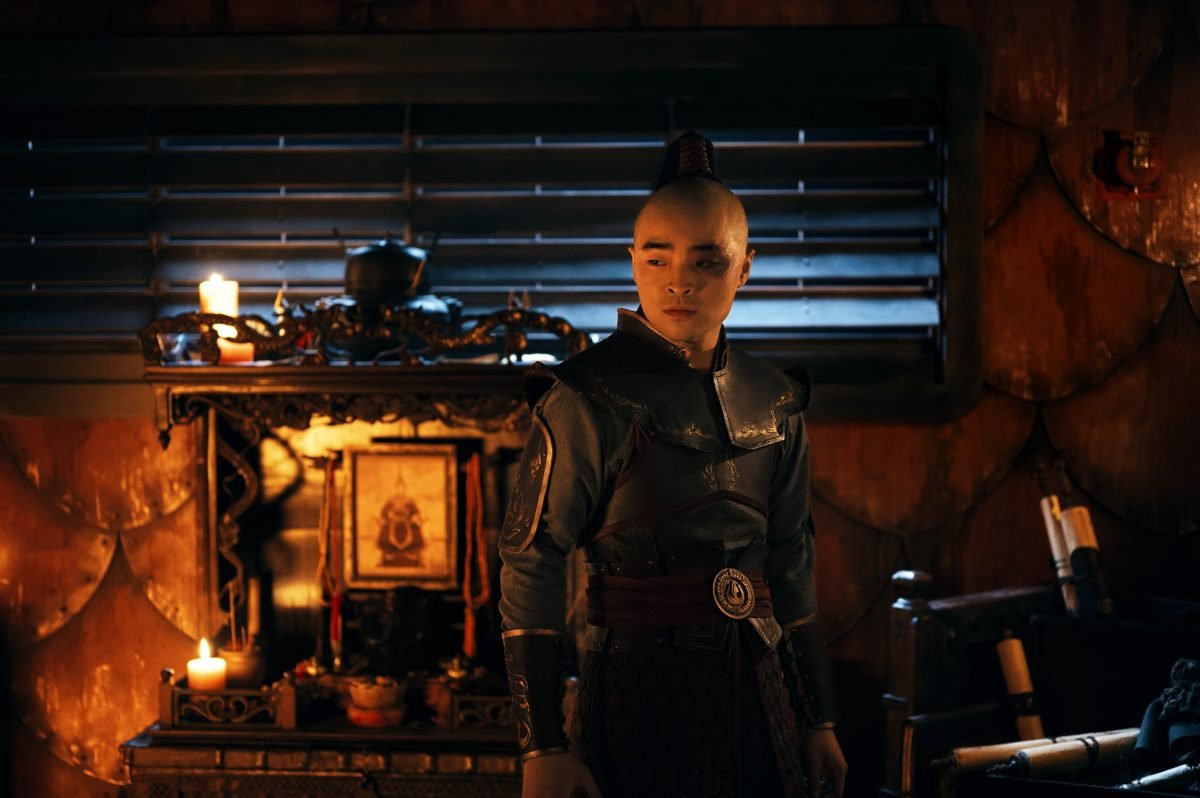
Regarding Zuko and his father, one other noteworthy change happens during the Agni Kai between Ozai and Zuko. In the live-action, Zuko actually fights back against his father and even gets the upper hand, but he doesn’t use the opening to attack in earnest. In the cartoon, of course, Zuko refuses to fight at all. Fire Lord Ozai ends up very displeased in both scenarios.
Zuko and Commander Zhao’s Changed Relationship
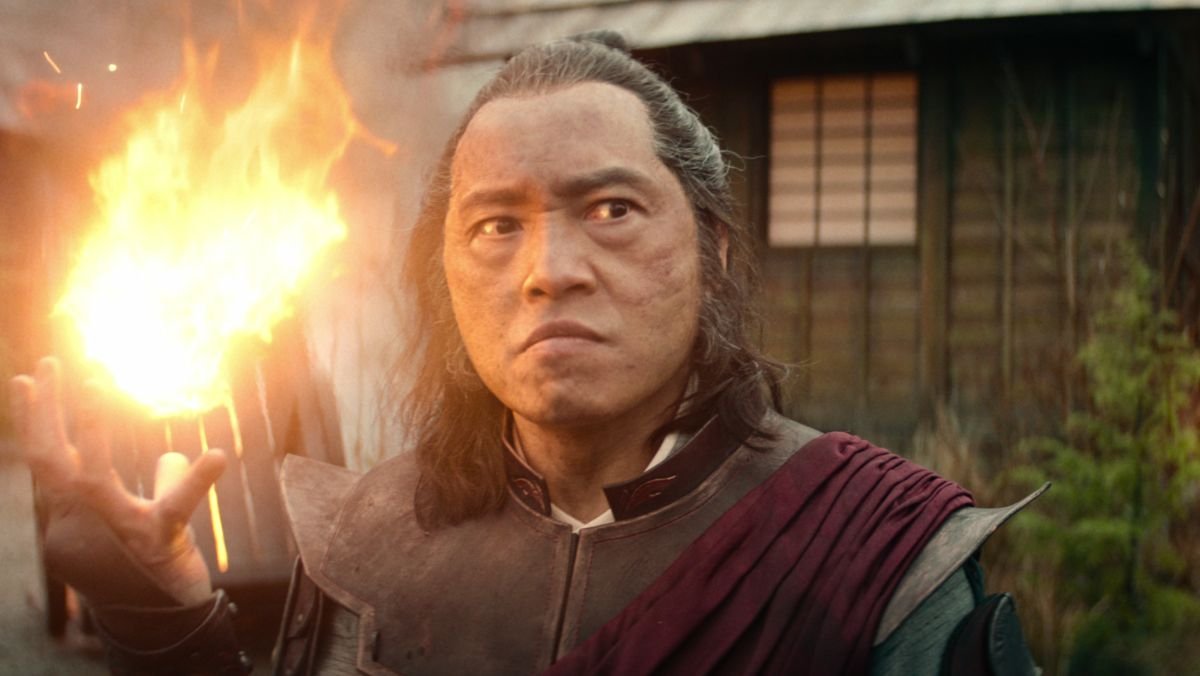
In the Avatar: The Last Airbender cartoon, Zuko and Commander Zhao have an immensely antagonistic relationship, implying they share a conflicted past. Although this might have just been for optics, Zhao was present during Zuko and Ozai’s Agni Kai in the cartoon. The live-action rebuilds Zhao and Zuko a little differently. Zhao no longer appears to be a Fire Nation noble or anyone of note at all. He’s much less domineering and overtly villainous.
Instead, Zhao takes his place among the ranks of slimier and more cunning fictional adversaries. He ends up being more like Wormtongue than a Disney villain. At first, unlike in the cartoon, live-action Zhao pretends to want to help Zuko capture the Avatar. But, bolstered by Azula, quickly attempts to shut the Prince out of the fold. The live-action additionally reveals Zhao has ambitions to be Fire Lord, something the cartoon never mentions.
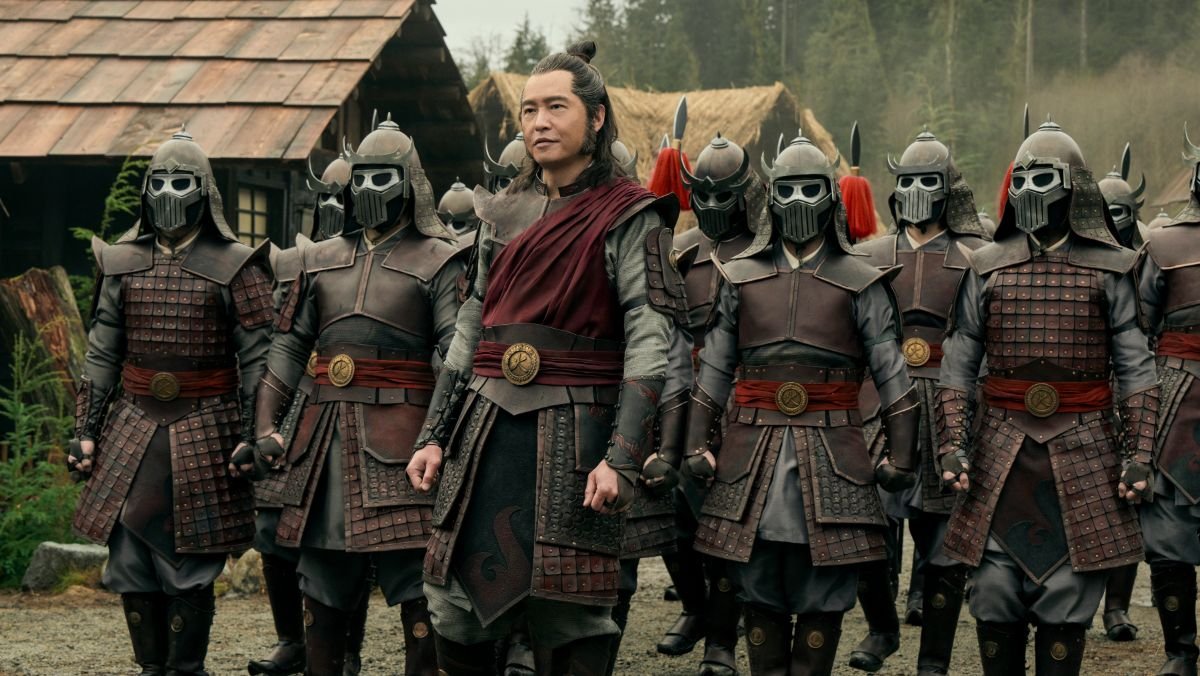
Interestingly, the cartoon implies Zhao is an exceptionally strong firebender, making Zuko’s various defeats of him even more impressive. However, this is not mentioned in the live-action. Zuko and Zhao do come to blows in the final episode, though. And Zhao drops some hard truths on Zuko that he never does in the cartoon. Additionally, in the live-action, Uncle Iroh kills Zhao, whereas in the cartoon, Aang, who is possessed by the spirit of the ocean, does the deed. In the cartoon, Zuko actually reaches for Zhao, trying to save him at the last. But this does not happen in the live-action. Although some small details must change, this difference between the Avatar: The Last Airbender cartoon and live-action is sad for me. The reach out for Zhao spoke volumes about Zuko’s character.
A Greater Focus on the Tragedy of War and Resistance
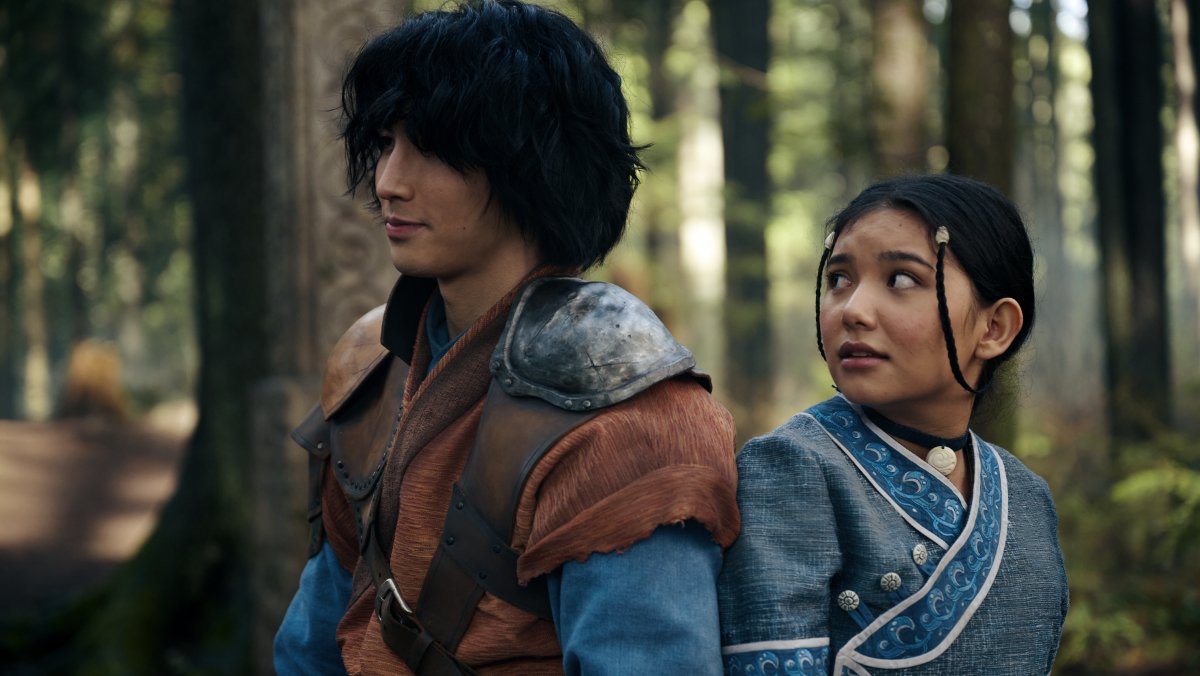
The final major difference between the Avatar: The Last Airbender cartoon and the live-action series lies in the live-action’s overall tone and focus. Although many of the events are the same between the two versions of Avatar, the live-action takes a more serious look at the world’s facts. Although the cartoon is a light-hearted and silly show, it creates a story full of war and oppression. The live-action recognizes these truths more fully. It places a greater focus on the tragedy and pain of wartime, as well as on the acts of resistance that rise everywhere to fight for freedom, up to and including within the oppressing nation. While this change in tonality might surprise some long-time Avatar fans, it definitely makes sense.
Other Miscellaneous Changes of Interest in the Live-Action
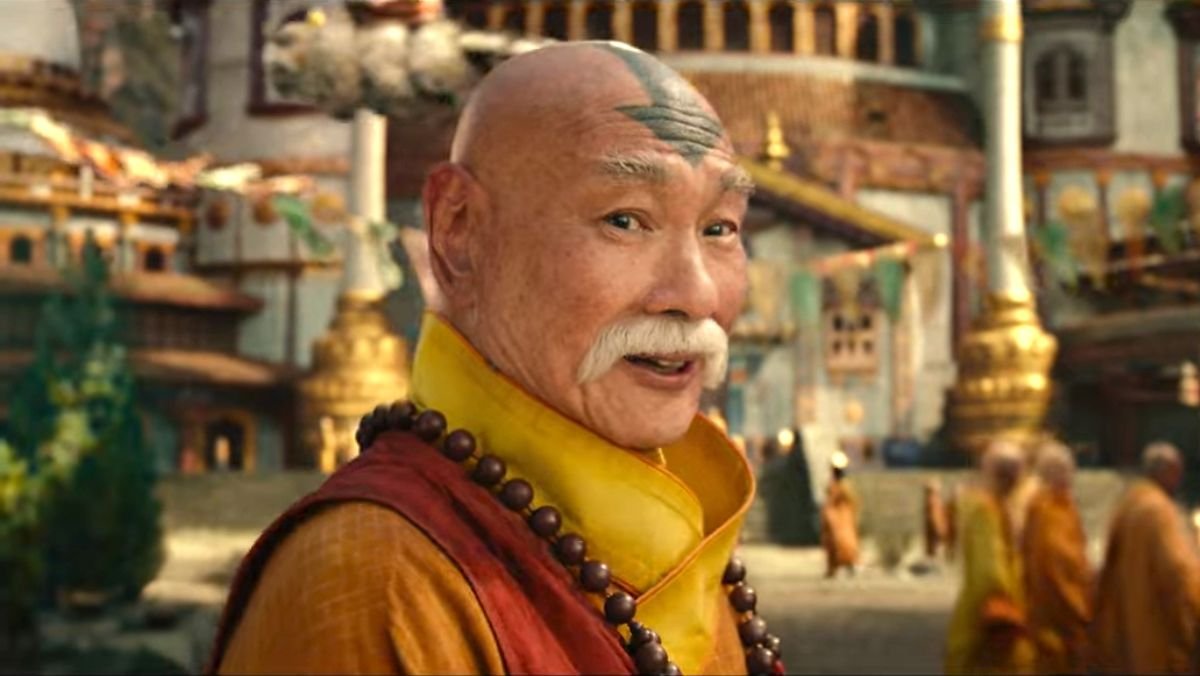
In addition to the major changes detailed above, we’ll mention a few other interesting shifts quickly. First, Aang’s relationship with Monk Gyatso became much more critical to his journey, and Aang even reunites with the monk in the Spirit World. (Which he does not do in the cartoon.) Second, the live-action combines many of the Earth Kingdom’s stand-alone cartoon episodes. Jet, the Mechanist and Teo, King Bumi, the Earth Kingdom nomad singers (of “Secret Tunnel” fame), and more, are all brought together in a couple of Omashu-focused episodes. Third, Zuko keeps a diary, I mean, a journal, of all his Avatar findings, and it is so cute. Fourth, Zuko does not steal Katara’s necklace, which I, for one, felt robbed of.

Finally, the men on Zuko’s ship in exile are actually from the 41st division, which young Zuko spoke up to save when Fire Lord Ozai was willing to sacrifice them. In return for saving their lives, Zuko was banished. Ozai stationed the men on his ship as a punishment, but it was actually a true gift. What a beautiful twist!
To learn about all the other differences that arise between the cartoon and live-action, you’ll have to check out Netflix’s Avatar: The Last Airbender series, now streaming.
